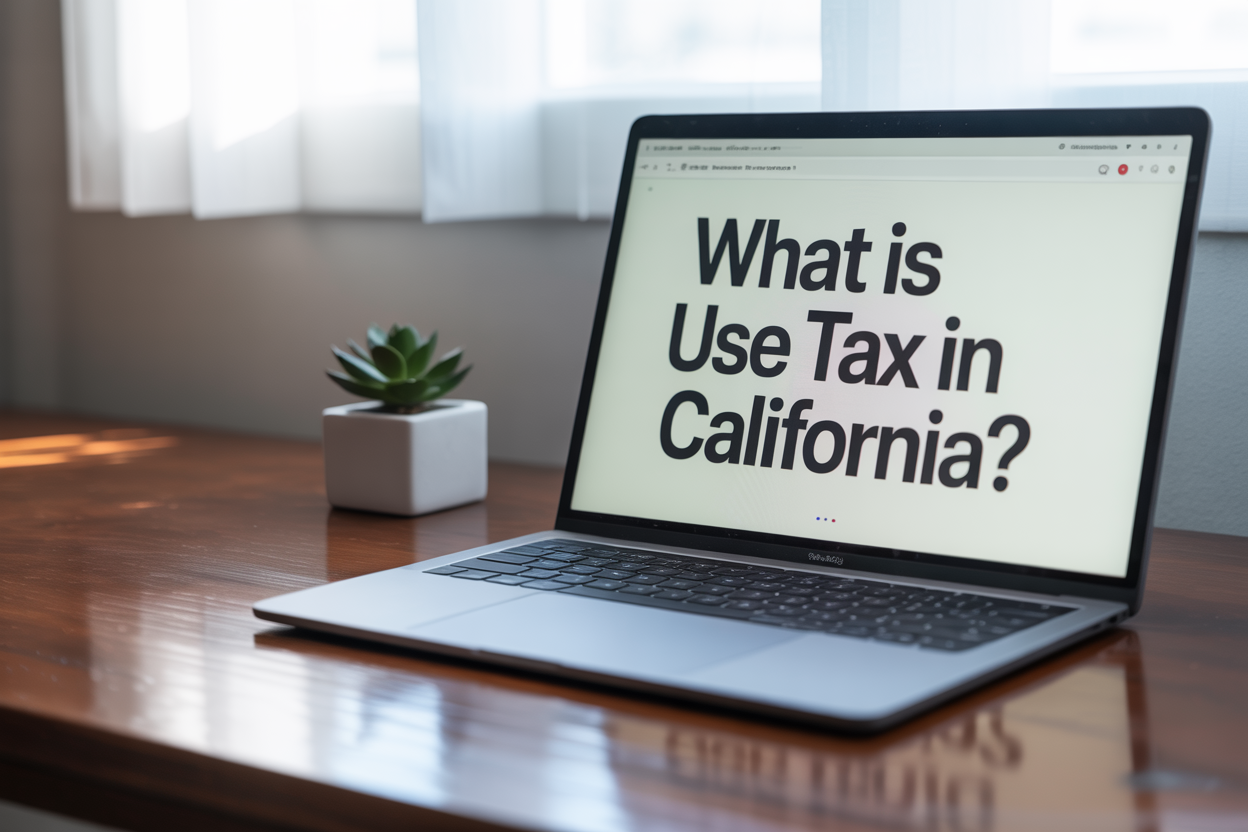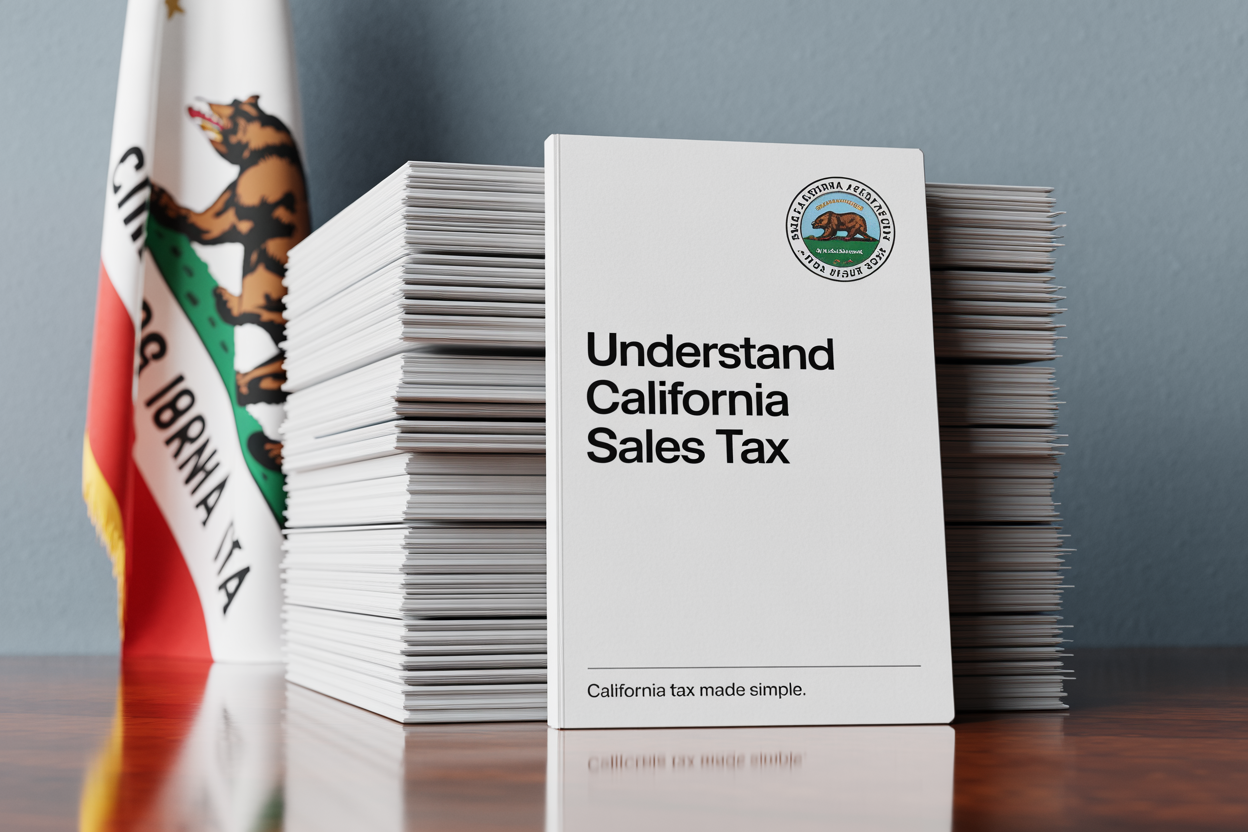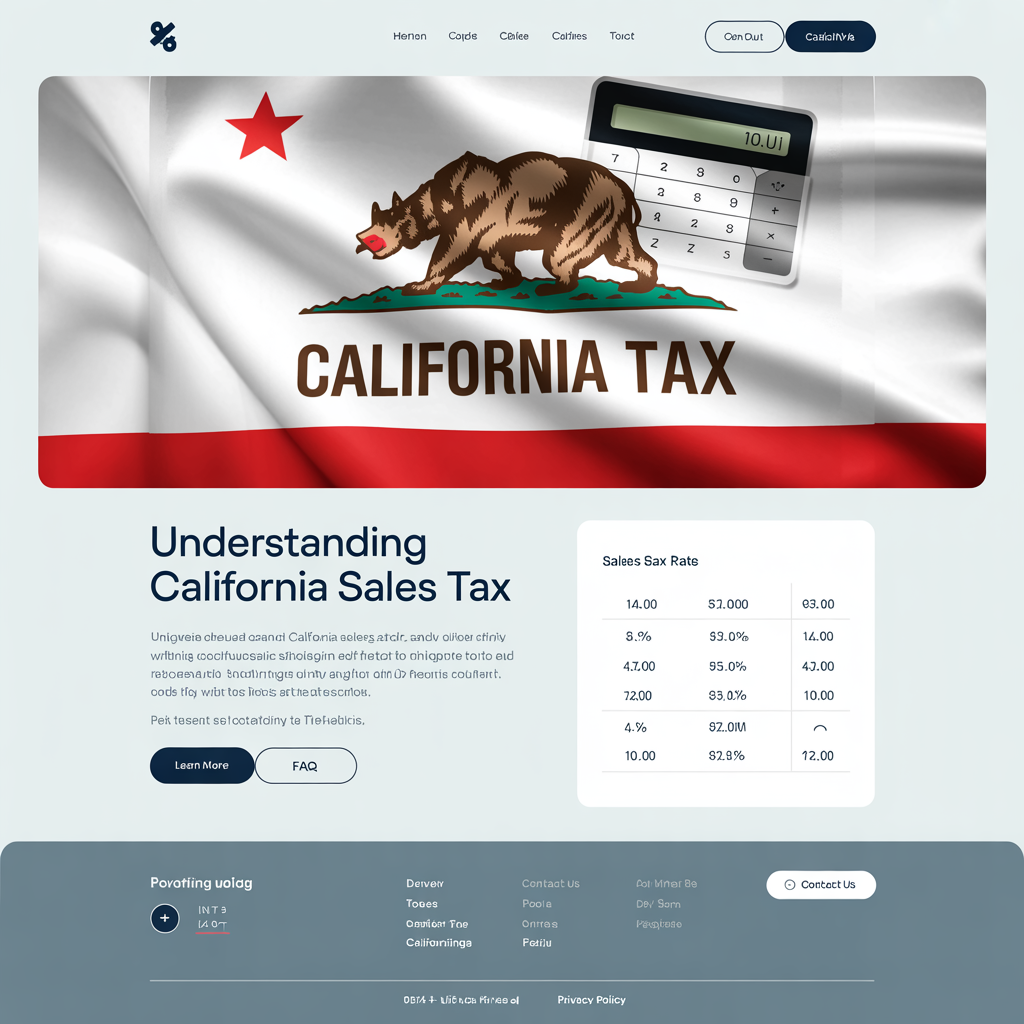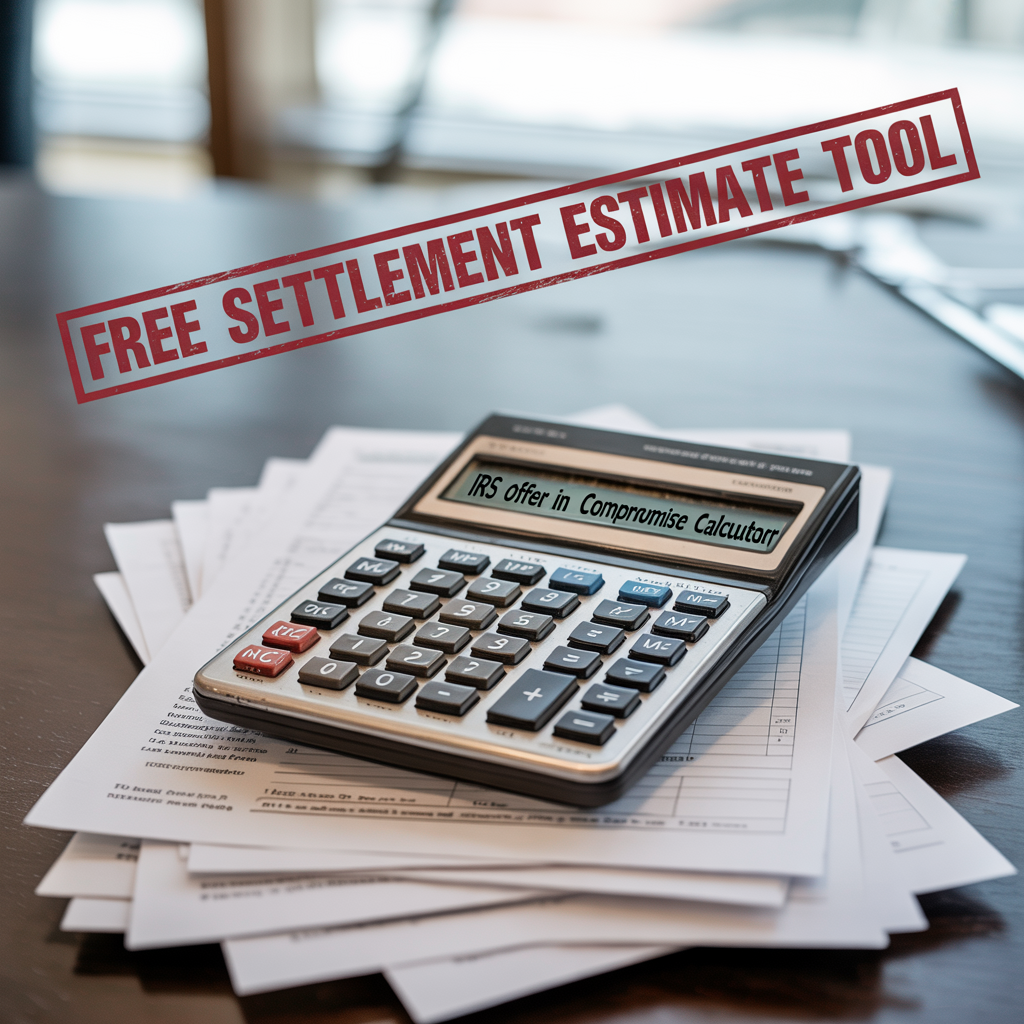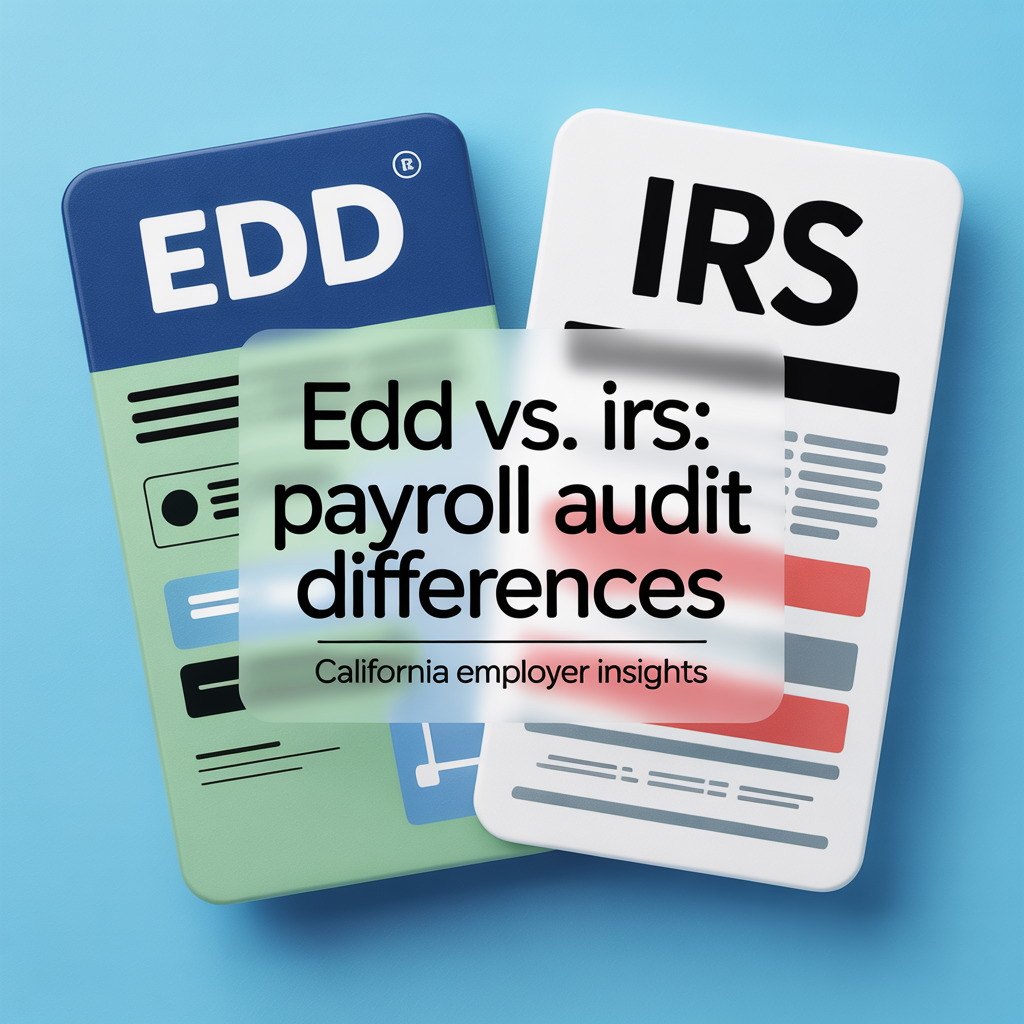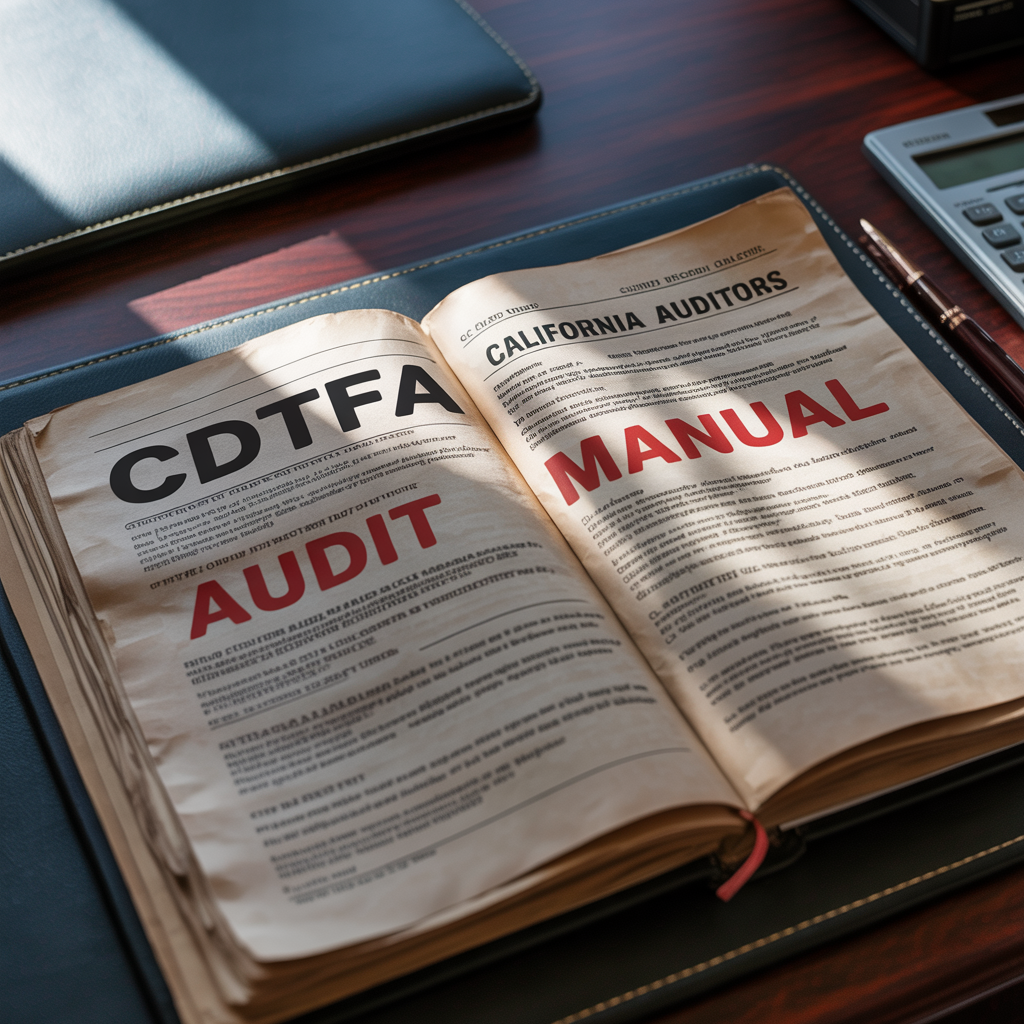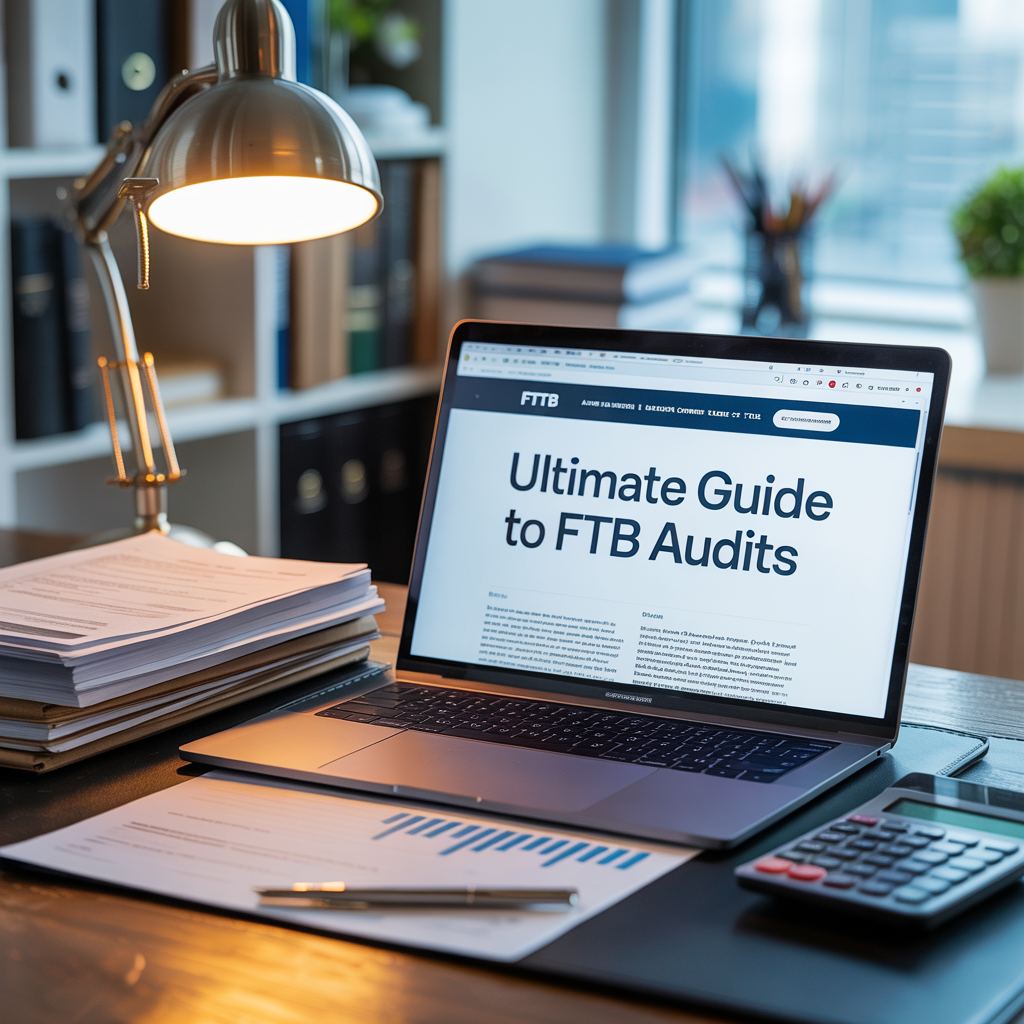FTB Penalty Relief – How to Request a Waiver or Abatement in California
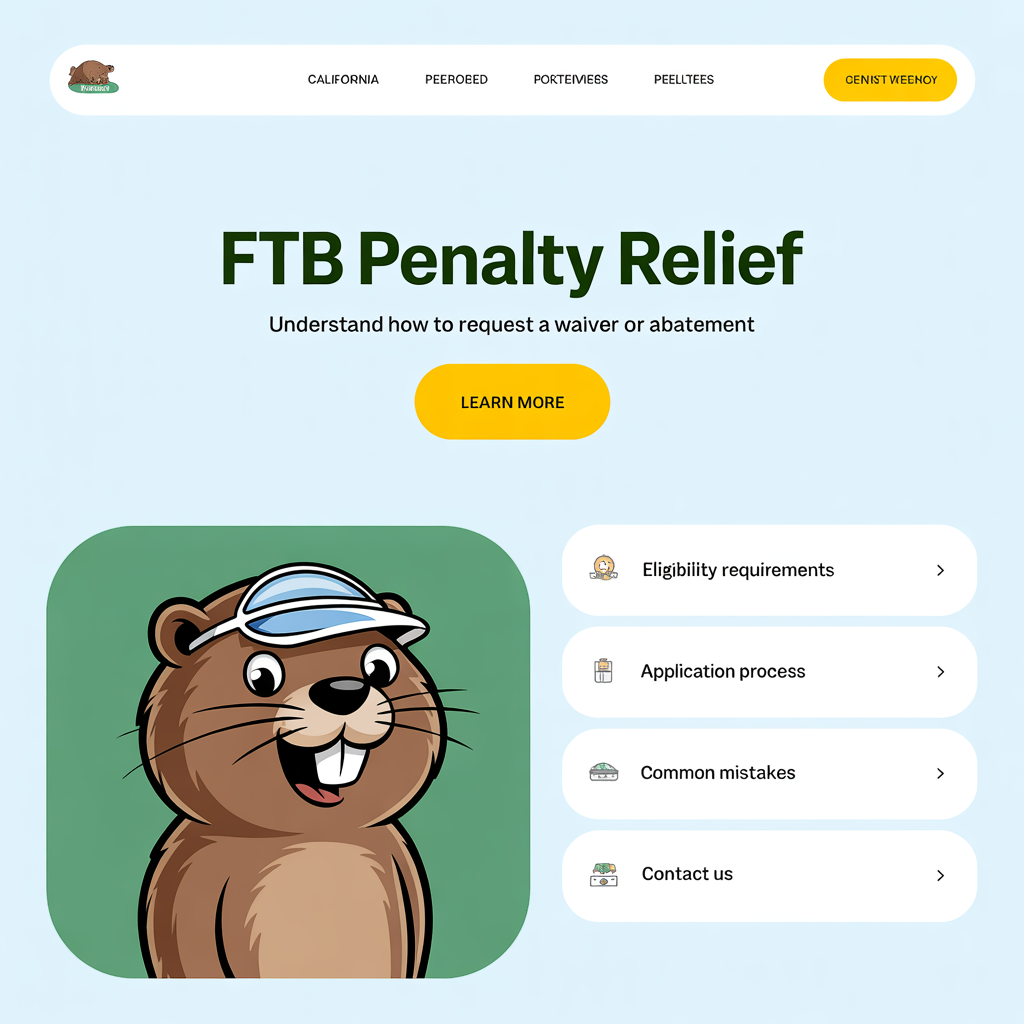
The FTB Charges Heavy Penalties—But You Might Not Have to Pay Them
If you’re facing back taxes in California and recently received a notice from the Franchise Tax Board (FTB) assessing penalties for late filing, underpayment, or noncompliance, you may qualify for penalty relief—but only if you know how to request it.
The FTB does not automatically remove penalties, and it does not offer the same “first-time abatement” program that the IRS does. However, California law does allow taxpayers to request penalty waivers based on reasonable cause, FTB errors, or administrative relief.
This post explains the most common California tax penalties, what qualifies for relief, and how to formally request a waiver or abatement.
Common FTB Penalties You May Be Facing
- Late Filing Penalty – 5% of unpaid tax, plus 0.5% per month (up to 25%)
- Late Payment Penalty – 5% of tax due + 0.5% per month late
- Estimated Tax Penalty – Charged if you underpay quarterly estimates
- Demand to File Penalty – Up to 25% of tax due if you ignore a demand notice
- Accuracy-Related Penalty – For negligence or substantial understatement
These penalties can be applied individually—or stacked.
Related: Facing Back Taxes? Here’s How Orange County Residents Can Get Relief
When the FTB Will Consider Penalty Relief
1. Reasonable Cause
You may qualify if you can show that your failure to file or pay was due to circumstances beyond your control, such as:
- Serious illness, injury, or death in the family
- Natural disaster (fire, flood, earthquake)
- Records lost due to theft or catastrophe
- Incorrect written advice from the FTB or a licensed tax professional
Note: Forgetting, misunderstanding the rules, or cash flow problems usually don’t qualify.
2. FTB Error
If the penalty was applied due to a miscalculation or incorrect data on the FTB’s part, you may request a correction and refund.
3. Administrative Relief (Discretionary Waiver)
Although rare, the FTB may consider relief if:
- You’ve had a clean compliance history
- The penalty was caused by unusual FTB processing delays or actions
This is similar to the IRS “first-time abatement,” but not automatic or guaranteed.
How to Request FTB Penalty Relief
Step 1: Gather Your Documentation
Prepare written explanations and evidence that show:
- When and how the issue occurred
- What steps you took to comply
- Why your circumstances meet the “reasonable cause” standard
Step 2: Complete FTB Form 2917
Use the FTB Reasonable Cause – Individual and Fiduciary Claim for Refund form to submit your penalty abatement request.
You can also:
- Submit a written request with your notice
- Include an explanation in your amended return or protest letter if appealing
If you’re unsure how to retrieve the right historical information, Tax Transcripts – Why They Matter can help you understand the data behind your penalties.
Step 3: Submit via Mail or MyFTB
You can upload your documents using your MyFTB account or mail to the address on your notice.
Expect a written response in 8–12 weeks.
What If Your Request Is Denied?
You may still:
- File a formal protest or appeal
- Request an audit reconsideration if the penalty was assessed as part of a broader issue
- Use penalty relief to support settle your balance with an IRS Offer in Compromise or payment plan negotiation
- Request to stop enforced collection through Currently Not Collectible status if you cannot pay due to financial hardship
- Explore and learn about IRS penalty relief options that may apply in your situation
If your balance is connected to an audit, What Happens After an IRS Audit Assessment? explains how to challenge it. You also use penalty relief to support an IRS Offer in Compromise – How to Settle for Less Than You Owe or Installment Agreement request.
We Help Orange County Taxpayers Reduce or Eliminate FTB Penalties
At Boulanger CPA and Consulting PC, we help California taxpayers:
- Request FTB penalty relief with strong supporting documentation
- Draft reasonable cause letters that get attention
- Protest unfair penalty assessments
- Resolve related issues like tax debt and audits
- Provide guidance if you need relief for businesses behind on payroll taxes
- Connect you with trusted strategies for IRS tax relief near you
For more resources, download our Defend What’s Yours guide, which explains key tax relief strategies step by step.
Call (657) 218-5700 or schedule a consult at www.orangecounty.cpa
Frequently Asked Questions
What penalties does the California FTB assess?
The FTB charges penalties for late filing, late payment, underpayment of estimated tax, and dishonored checks. Interest accrues on top of these penalties until the balance is paid.
Can I get penalties waived for reasonable cause?
Yes. If you can show that late filing or payment was due to circumstances beyond your control—such as illness, natural disaster, or reliance on incorrect professional advice—the FTB may grant penalty relief.
Does California have a first-time penalty abatement program?
Yes. Similar to the IRS, the FTB offers penalty abatement for taxpayers with a clean compliance history, provided all required returns are filed and taxes paid.
How do I request FTB penalty relief?
You must submit a written request explaining your situation and supporting documents. In some cases, relief can be requested through an online account or by phone.
Can penalty relief reduce interest charges too?
No. Interest generally cannot be waived unless it was caused by an FTB processing delay. Penalty relief only applies to the penalties themselves.
Will requesting penalty relief increase my audit risk?
No. Filing a reasonable cause request does not automatically trigger an audit. However, you should ensure your explanation and documentation are accurate and consistent.
Does penalty relief apply to business entities as well as individuals?
Yes. Both individuals and businesses can qualify for penalty relief if they meet the eligibility requirements.
Should I get professional help for a penalty relief request?
Professional assistance increases the chance of approval by ensuring your request is properly documented and supported by the right evidence.
📣 About the Author
Marc Boulanger, CPA is the founder of Boulanger CPA and Consulting PC, a boutique tax resolution firm based in Orange County, California and trusted by high-income individuals and business owners across Southern California.
He is the author of Defend What’s Yours: A California Taxpayer’s Guide to Beating the IRS and FTB at Their Own Game, available now on Amazon. The book offers a step-by-step plan for resolving IRS and FTB tax debt without losing your business, your home, or your peace of mind.
With over a decade of experience resolving high-stakes IRS and State tax matters, Marc brings strategic insight to complex cases involving wage garnishments, bank levies, unfiled returns, and six-figure tax debts. He is known for helping clients reduce or eliminate tax liabilities through expertly negotiated settlements and compliance plans.
Marc is a Certified Public Accountant licensed in California and Oklahoma and holds the designation of Certified Tax Representation Consultant. He is a member of the American Society of Tax Problem Solvers (ASTPS) — the national organization founded by the educators and practitioners who have trained thousands of CPAs, EAs, and tax attorneys in IRS representation strategy.
Every case is handled with discretion, proven methodology, and direct CPA-led representation — not call center scripts.
📍 Learn more at www.orangecounty.cpa or call (657) 218-5700.

